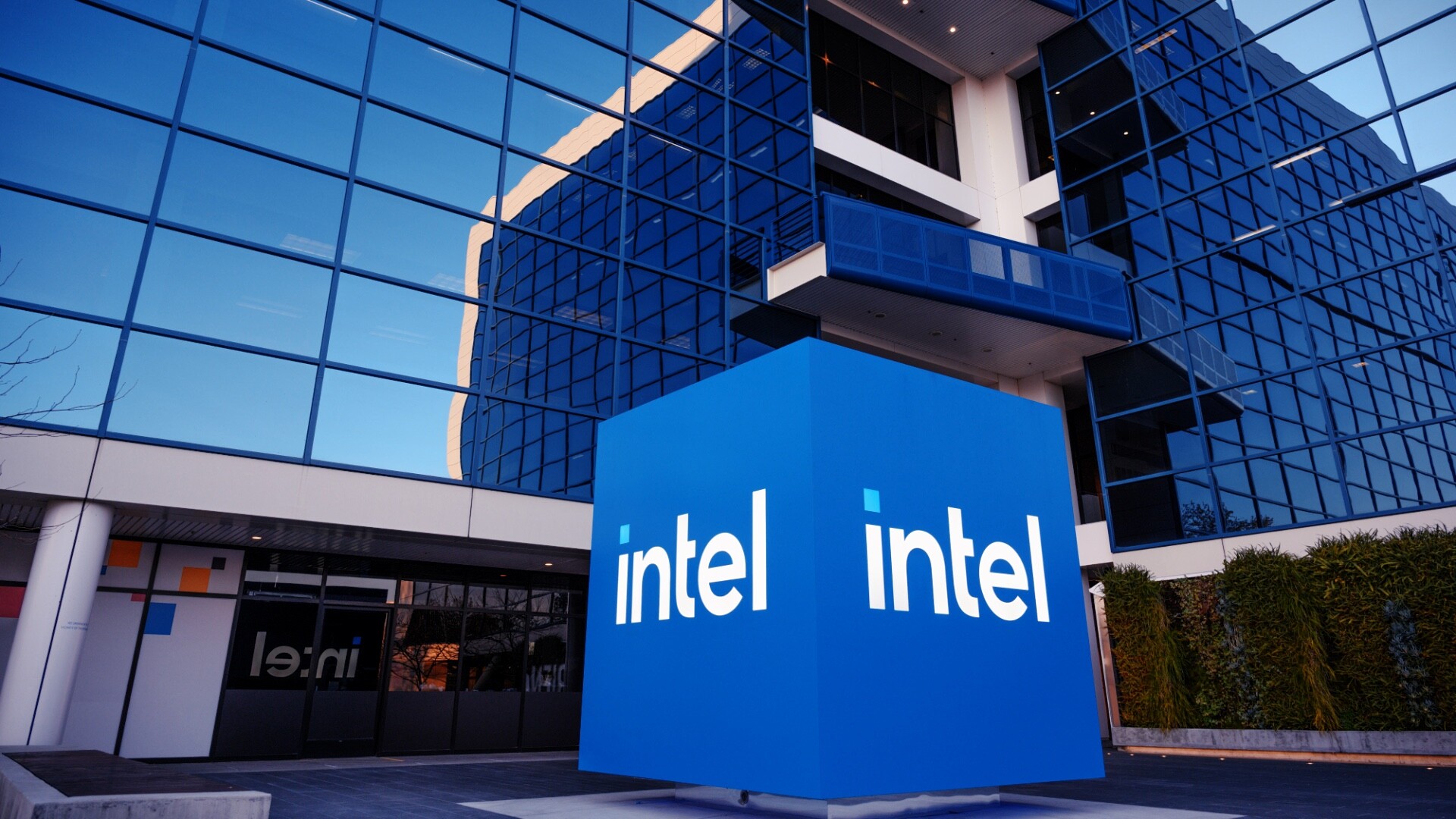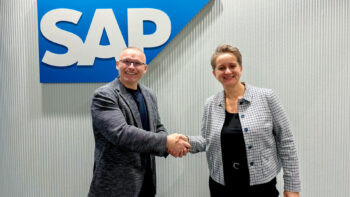The days of the IT ‘fireman’, called in only to put out technological fires, are inevitably coming to an end. The break-fix business model, in which an IT company makes money from customer failures and problems, is not only outdated – it has become a strategic trap. In today’s economy, where every minute of downtime generates quantifiable losses and cyber threats evolve day by day, being a reactive provider is a simple path to marginalisation.
The future belongs to those who can transform themselves from technicians into trusted business advisors, offering proactive partnerships within Managed Services.
The fundamental change that needs to take place is not about pricing, but about mindset. In the reactive model, the interests of the provider and the customer are in conflict: the more problems on the customer side, the higher the revenue for the IT company. Managed services reverse this dynamic by 180 degrees.
In a subscription model, every failure is a cost to the provider, eroding its margin. Suddenly, both parties have a common goal: maximum infrastructure stability, performance and security. This convergence of interests is the most powerful sales argument, and understanding it is the first step to successful transformation.
The key to success is to stop selling technology and start selling business benefits. Customers are not buying ’24/7 monitoring’ or ‘backup management’. They are buying peace of mind, guaranteed business continuity and financial risk insurance.
Instead of starting the conversation with a list of functions, the effective sales person becomes a consultant who asks questions about the customer’s business. He is interested in the company’s biggest operational pain points, downtime costs and strategic goals. Only after thoroughly understanding these challenges does he present managed services not as a product, but as a bridge from a problematic current state to a desired future state.
The narrative needs to shift from the language of features to the language of benefits: not ‘we are implementing EDR software’, but ‘we are protecting your company from a ransomware attack that could paralyse its operations for days’.
In order to simplify the process and make the customer’s decision easier, intelligent bundling of offerings is essential. Instead of presenting a complex price list of individual services, professional providers group them into logical, tiered packages, often referred to as ‘Bronze, Silver, Gold’.
This structure has a key psychological and educational function. The basic package (Bronze) addresses fundamental needs such as monitoring and basic security. The standard package (Silver) is a sensible choice for most companies, adding proactive maintenance and backup management.
The highest package (Gold) is a strategic partnership offering that includes advanced security, business continuity planning and virtual IT director (vCIO) services. This gradation allows the client to self-diagnose their needs and risk appetite, while increasing the perceived value of the overall offering.
The ultimate argument when talking to decision-makers, especially the finance department, is hard data. This is where Total Cost of Ownership (TCO) and Return on Investment (ROI) analyses come into play.
TCO analysis is a powerful tool that exposes the hidden costs of the reactive model. By adding up not only repair invoices, but more importantly the costs of downtime, lost employee productivity and cyber security risks, it can be proven that a fixed, predictable subscription is significantly cheaper in the long run.
ROI, in turn, shows how an investment in managed services translates into tangible returns – by increasing productivity, enabling the team to focus on strategic projects or avoiding catastrophic failures.
Presenting the client with a solid financial analysis that shows in black and white that proactive care is not a cost but an investment is the most effective way to close the sale.
Transforming into a managed service provider is a demanding process that touches every aspect of the business – from the competence of the team, to the tools used, to the marketing strategy. However, the reward is building a stable, scalable and highly profitable business, based on long-term relationships with loyal customers.
In today’s technology landscape, companies are no longer just looking for someone to fix their computer. They are looking for a partner who will take responsibility for their digital stability and help them grow. It’s time to ditch the fireman’s helmet and put on the strategist’s suit. There is simply no other way.












